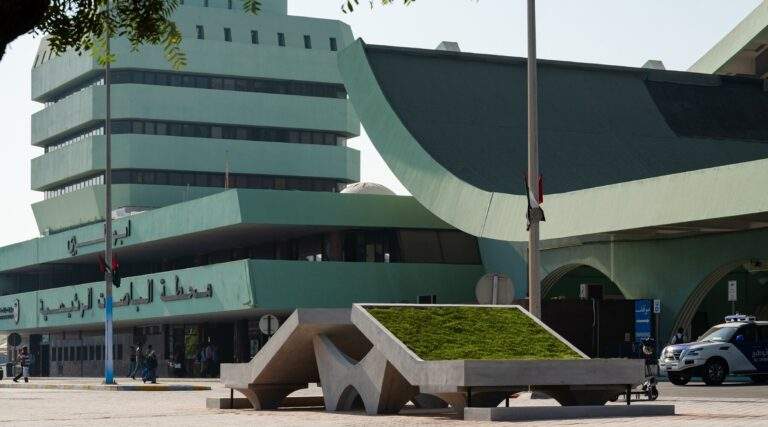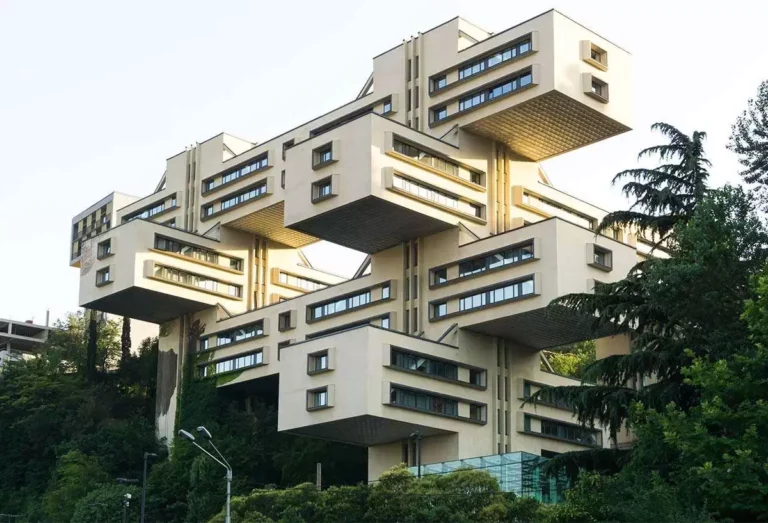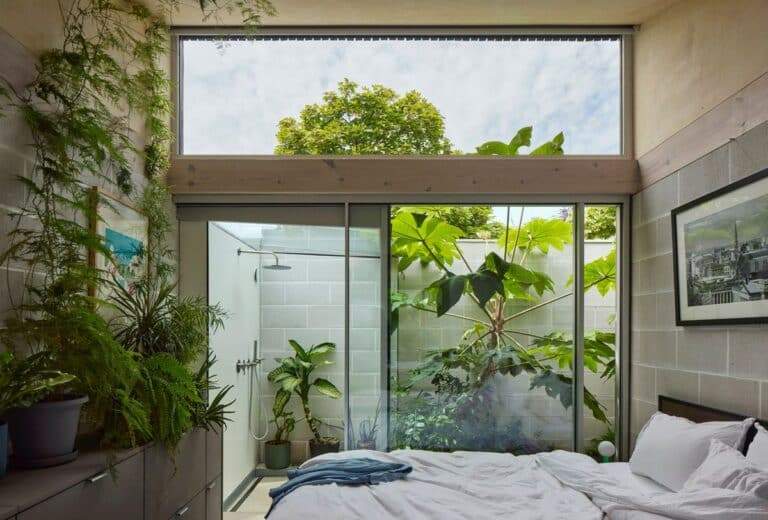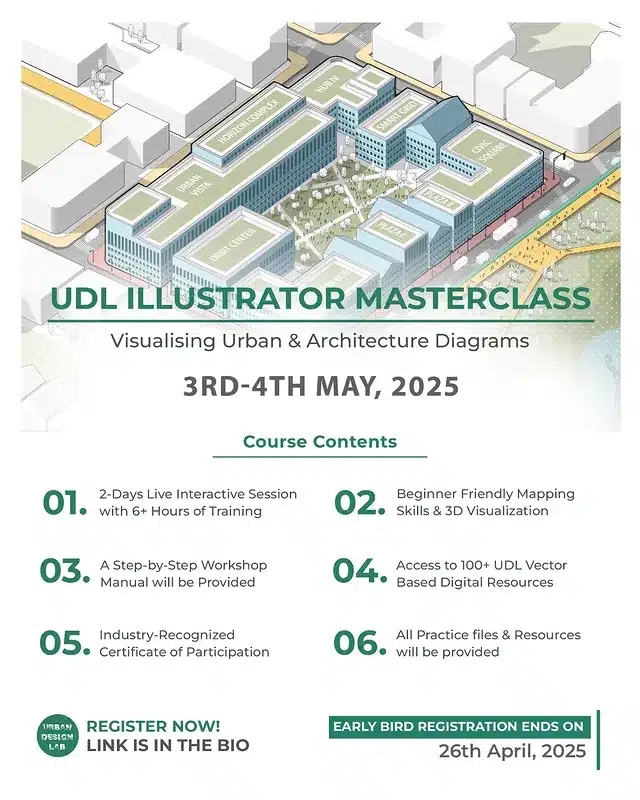In a world where technology accelerates and boundaries between humans and machines blur, a unique artistic and design trend emerges, blending natural forces with human ingenuity. This article explores three core themes: the intersection of Nature and Human Creativity, sustainable design, and innovative technology.
- The fusion of natural elements and human touch in art .
- Architectural projects balancing heritage and modernity .
- The role of artificial intelligence in advancing creative innovation .

Art as a Dialogue Between Humans and Nature
Nature has long been an endless source of artistic inspiration. Rocks sculpted by wind and waves over millennia are now transformed into artworks that merge natural patience with deliberate human intervention. This approach highlights the power of natural elements while reflecting humanity’s ability to guide them toward new meanings. For instance, modern sculptural works incorporate natural erosion alongside precise geometric details, creating a visual interplay between organic randomness and intentional design.
“Art that integrates nature and humanity redefines the relationship between material and spirit.”
— UNESCO Publications on Cultural Heritage and Innovation (2023).
Rural Architecture: Bridging Tradition and Modernity
The “pastel farmhouse” project exemplifies the fusion of historical roots and contemporary design through:
- Local materials : Natural stone and wood to preserve heritage identity.
- Modern aesthetics : Clean lines and soft pastel colors suited to contemporary lifestyles.
- Environmental integration : Livestock like cows roaming open spaces to strengthen ties to nature.

Table 1: Traditional vs. Modern Rural Design
| Element | Traditional Design | Modern Design |
|---|---|---|
| Materials | Raw clay, untreated wood | Recycled wood, insulated glass |
| Colors | Earthy, dark tones | Soft pastels |
| Functionality | Simple open spaces | Flexible layouts with smart tech |
Artificial Intelligence as a Creative Partner
Tools like FORMAS.AI highlight technology’s role in streamlining design processes. Through data analysis algorithms, such tools:
- Simulate natural shapes, like rock erosion over time.
- Optimize resource use to ensure sustainability.
- Merge aesthetic elements with practical functions.
For example, AI can model decades of natural wear on stone, saving artists years of trial and error.
“AI is not a replacement for human creativity but a tool that liberates the mind from technical constraints.”
— Massachusetts Institute of Technology (MIT), AI and Art Report (2022).
Frequently Asked Questions (FAQ)
- Can these artistic styles be applied in urban areas?
Yes, by using sustainable materials and designing green spaces that mimic natural environments. - How does AI contribute to heritage preservation?
AI analyzes and replicates traditional patterns with high precision, aiding restoration efforts. - Are these projects environmentally friendly?
They prioritize local materials and energy-efficient technologies to reduce carbon footprints.


Summary Table: Key Points
| Theme | Details |
|---|---|
| Art and Nature | Combining natural erosion with human design to highlight shared beauty. |
| Rural Architecture | Sustainable materials, pastel hues, and modern functionality. |
| AI in Creativity | Enhances precision and efficiency in art and design projects. |
Conclusion
The harmony between nature and human creativity is not just an artistic trend but a model for sustainable coexistence. By merging ancient wisdom with modern technology, spaces can reflect the past’s identity while meeting present-day aspirations. This balance paves the way for a future where innovation respects heritage and the environment.







